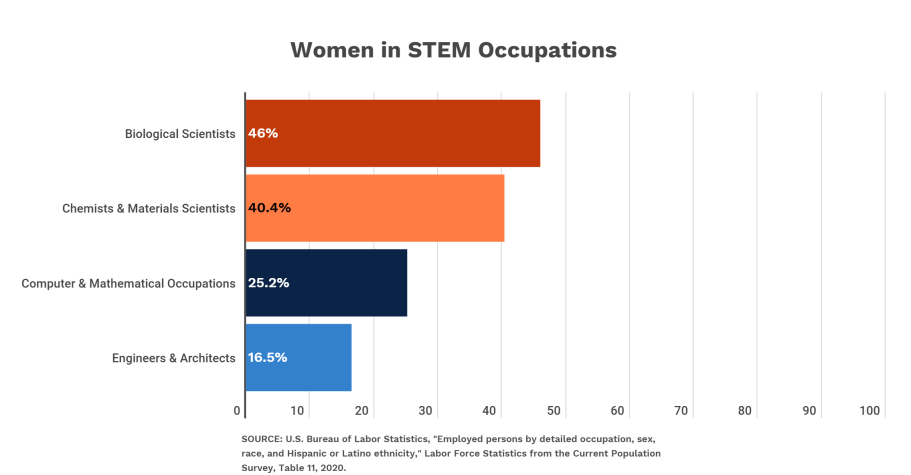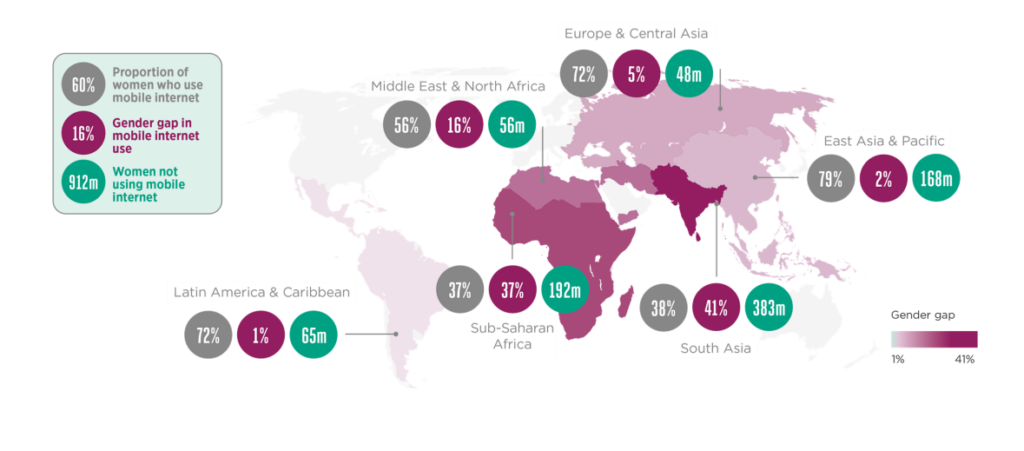Closing the Gender Gap in STEM is No Longer Optional
Opinion piece . SocietyDigital assistants like Siri are used in most of our daily lives. But their design often mirrors unsettling biases. Until 2019, the female-voiced Siri, when users directed offensive comments like “You’re a slut” at the female-voiced assistant, it would respond, “I’d blush if I could.” The algorithm was subsequently adjusted, but the problem persists: even as awareness around gender equality increases, gendered submissiveness embedded in technology reflects more general inequalities being exhibited in science, technology, engineering and mathematics (STEM). Gender parity rests on shaky ground, imposing a false sense of balance.
One that stands out is the under representation of women in advanced STEM roles. Women make up only 34% of the workforce in STEM, and men vastly outnumber women majoring in most STEM fields in college. Even such high-reaching wins expose the discrepancy — women make up just 4% of all STEM-related winners since the first Nobel Prizes were handed out. Such disparities are further implicated in the uneven allocation of resources within universities and research institutions, where most women occupy lower-ranking positions and still have fewer resources allocated to them than their male counterparts. Structural inequalities still prevent women from attaining the highest levels of success in these fields.

Women in STEM Occupations, from AAUW
These challenges have their roots in early education. UNESCO finds that girls are 25% less likely than boys to use digital tools for everyday activities, and four times less likely to learn coding. In many countries, like Germany and Japan, STEM careers are related to “men’s jobs”, and sometimes a reason to raise doubt or even laugh if a woman attempts to pursue them. My upbringing exposed me to similar cultural biases. From an early age, I found myself frequently reminded how girls were “naturally less skilled in mathematics and logical thinking” and how “boys will outperform girls in high school.” This is further complicated by societal messages that feed the notion that STEM is “not for women.” With no visible role models and support systems, young girls tend to avoid considering STEM as a career option.

Gender gap in mobile internet use varies across regions, from The Mobile Gender Gap Report 2022
Even women who enter STEM face additional hurdles too. From unequal pay to balancing family responsibilities, many people leave these professions too soon. This is called the “leaky pipeline,” where fewer women occupy leadership and innovation roles as we go up the corporate ladder. This systemic issue of bias also seeps into our everyday life, like with the gender-based bias locked into the very technology we use, as Siri’s infamous 2019 reply.
We cannot afford complacency. Women’s participation is essential if we are to solve global problems such as clean energy, sustainable cities and climate change. Closing the gender gap in STEM is not only a question of fairness, it is vital for unlocking the innovation we need to solve the world’s biggest challenges. The progress we’ve made is no reason to rest. We must shatter the glass ceiling that continues to stifle women’s potential to lead, create and change.
Leave a Reply